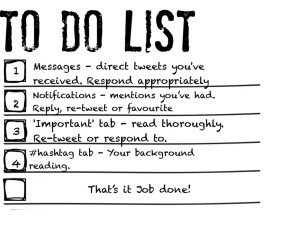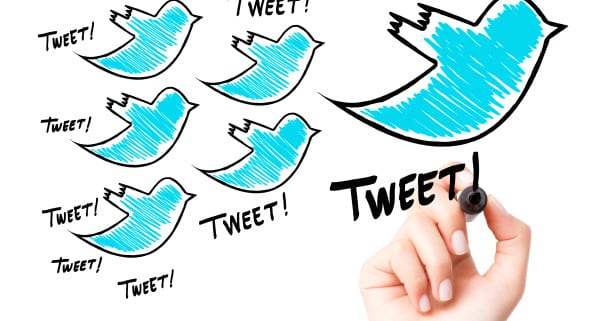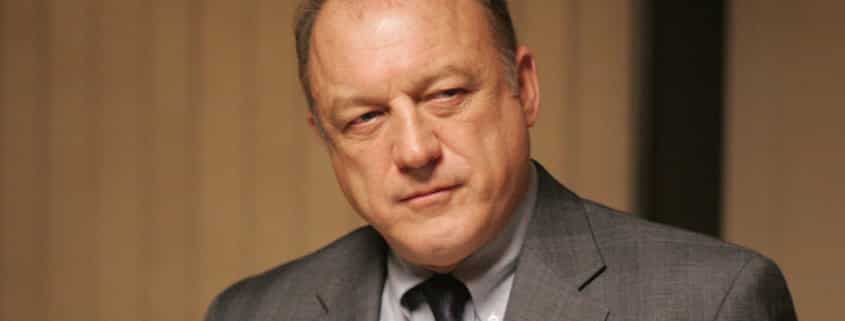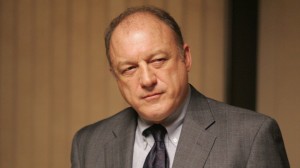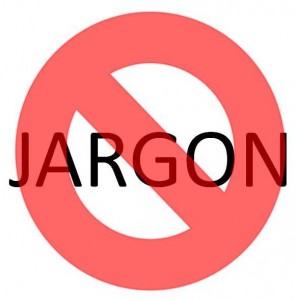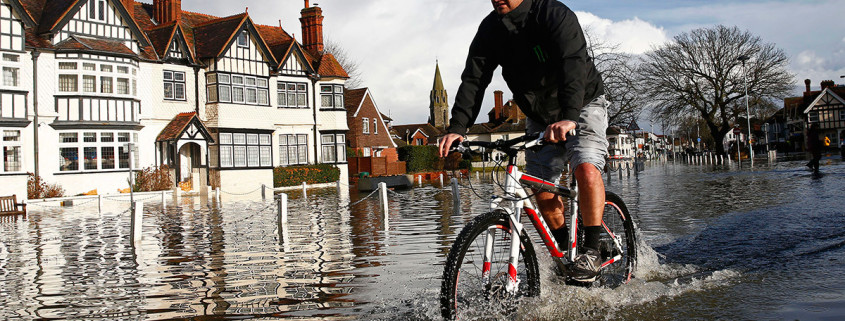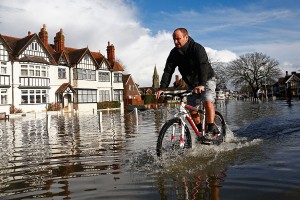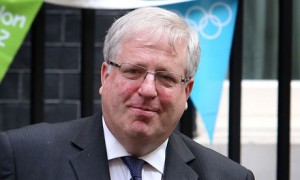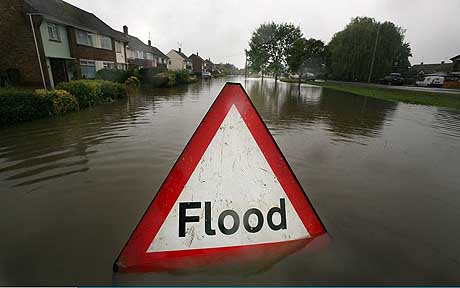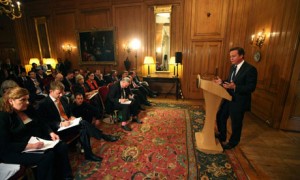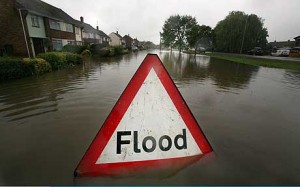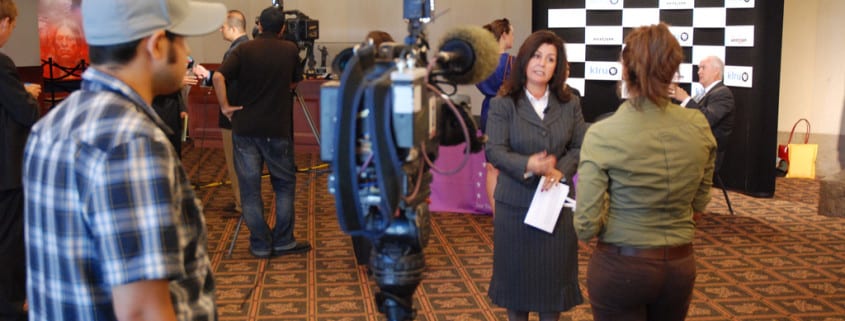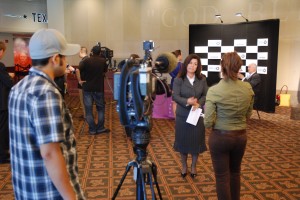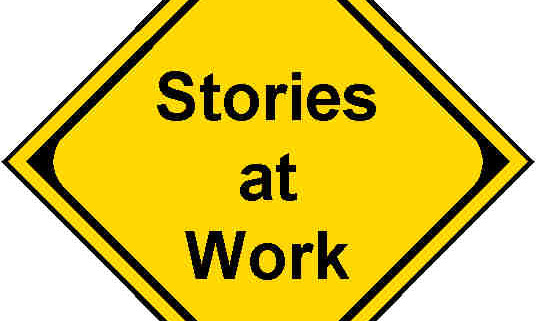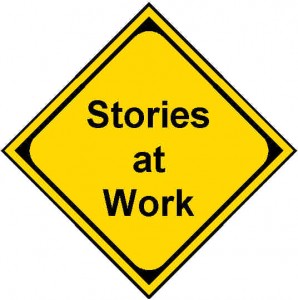You only need to spend 15 minutes a day to master Twitter – it’s true!
“I really think I should be doing twitter but I just don’t have enough time in the day to do it, it seems like a full-time job.” “
“It’s just information overload and I can’t see the point of it.”
These are comments I often hear from my clients when we are discussing their use of Twitter. Whilst they seem valid observations this really doesn’t have to be the case. You really can do Twitter in 15 minutes a day. You just need to know how to filter.
Follow these simple initial tasks and you will master using Twitter:
Firstly, invest a little time identifying the people you really should be ‘listening’ too. In every walk of life we know certain people we turn to for different events, our ‘phone a friend’, Twitter is no different. We should find the people that have the best insight into the information we need, the ‘influencers’.
Next, identify the people you really want to ‘listen’ too. Again if we think about our daily lives we tend to only want to hear from people that are like-minded, have interesting things to say and will give us food for thought. Treat twitter the same way and only follow people you want to hear from.
Now create lists. If you create them in Twitter you can add them to Tweetdeck and Hootsuite. (These are applications that make managing Twitter a whole lot easier and save logging into the website each time you want to peek.) You can create as many as you like but make sure you think about useful themes e.g. Clients, Important Connections, News, or even Comedians I like, after all, we all need a little light relief in the day!
Choose some hashtags to follow. (A hashtag looks like this # and goes in front of a word making it easier to search for comments about the same subject). Think about the subjects you are interested in and create #hashtag streams. For instance a locality #Yorkshire, a weekly activity #FriFotos, a subject relevant to you #Gadgets or #tech. If you’re not sure what you want to review you can get some ideas by looking at what’s trending. Alternatively, find conversations you want to join and use their #hashtags. Make sure you don’t select too many. The idea here is not to overload yourself with information – if you do you’ll be back to where you started. So just pick around 4 or 5 streams to follow and one at least that is relevant to your industry.
Begin you’re 15-minute daily routine – Login to Hootsuite or Tweetdeck and check your tabs in the following order:
